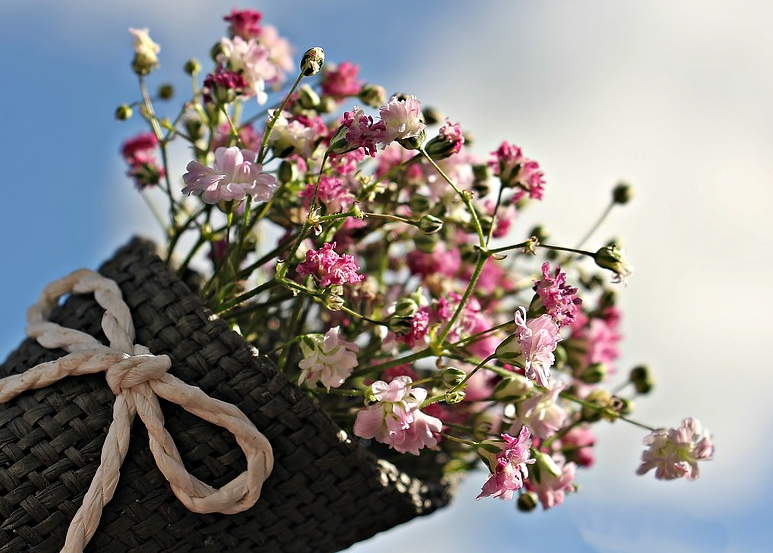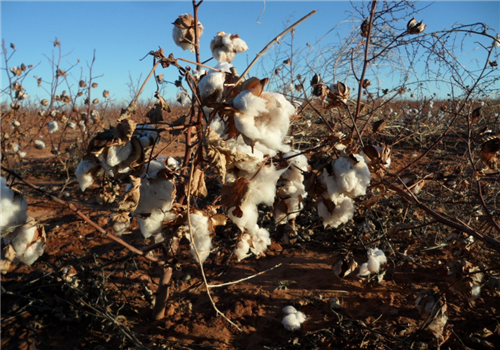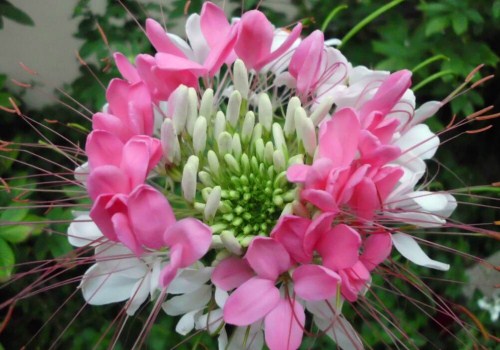Is the full sky star poisonous? Is it suitable for keeping indoors? How do you plant the stars?
Gypsophila paniculata is generally used as a foil for flower arrangement art, but in fact Gypsophila paniculata is also a beautiful flower, many netizens who like to raise flowers should have raised Gypsophila paniculata. So is baby's breath poisonous? Is it suitable to keep indoors? How do stars grow?

1. Is the sky full of poison?
1. It's nontoxic. Gypsophila paniculata is often used for bouquet decoration, elegant and elegant, cut flowers are high-grade flower materials, dried in the shade into natural paste plus dry flowers.
2. Gypsophila paniculata, an annual herb, stem points, leaves were lanceolate stars, flowers in each twig tip, such as stars, flower shape is very soft. Western flower arrangement, often will be as versatile, because it can be arbitrarily matched with a variety of different types of flowers, do not take the wind color, but also timely show their own elegant and lovely, do not lose their own style.
3. Gypsophila paniculata clear heat diuretic, phlegm cough. For acute icteric hepatitis, acute nephritis, whooping cough, urinary tract stones, tinea pedis, herpes zoster, conjunctivitis, erysipelas. This product has the effect of expelling wind and clearing heat. For red eyes due to wind fire, it can be used together with mulberry leaves and flowering plum. For sore throat, it can be used together with achyranthes root and white hair selfheal. For snake wound, it can be mashed with fresh whole grass, soaked in alcohol for half a day, and dipped in cotton ball.
Second, is it suitable for indoor breeding
1. The temperature suitable for its growth is between 15 and 25 degrees, and this condition can be fully met indoors. So from this point of view, there is no problem keeping it indoors.
2. Notes:
(1) This plant prefers a cold environment, so when raising it in the house, be sure to choose a place with good air circulation, and the temperature should be controlled between 15 and 25 degrees. Summer temperature is too high, you need artificial cooling, winter needs to maintain the temperature above 10 degrees, otherwise it will not bloom.
(2) In its growth period, it needs abundant sunshine, so it should be placed on the south balcony.
(3) If there is long-term indoor smoking, try to stay away from plants, otherwise it will affect the health of plants.
(4) Now many indoor pets are kept, especially cats, so it is also necessary to prevent pets from harming plants.
3. How to grow stars
1. soil sterilization
Beautiful Gypsophila paniculata seeds can burst pots, and Gypsophila paniculata seed planting method is that we need to plant soil disinfection first, you can choose to put soft soil in the prepared preservation bag, add a little water and put it into the microwave oven for heating sterilization, or choose to put the soil in the pot to fry, high temperature sterilization.
2. seeds were sown
Before sowing, we need to wet the sterilized soil with water. After the soil is watered thoroughly and the soil in the eye basin does not drip, we will place the prepared seeds on white paper and sow them evenly one by one with toothpicks. After sowing seeds, cover the seeds with prepared soft soil. The best amount of coverage is just to cover the seeds.
3. seed sprouting
After the seeds are planted, we need to germinate the seeds to promote the rapid growth of Gypsophila paniculata. We can cover the pot with a thin layer of plastic film to keep the seeds warm and moist, and remember to punch a few small holes in the top of the film. Provide ventilation for seeds to prevent seeds from being suffocated.
4. post-emergence management
Generally, we only need to wait 5 - 7 days to see the seeds of Gypsophila germinate. After germination, we need to do a good job of post-bud management, placing the sprouts in a cool and ventilated place for maintenance, and adapting them to light after survival to promote their rapid growth.
IV. Maintenance points of Gypsophila paniculata
1. suitable temperature
Gypsophila paniculata is a plant that is very afraid of heat. The suitable temperature for growth period is generally 15~20C. We need to pay attention to providing suitable temperature for it when planting Gypsophila paniculata. Therefore, we generally choose to sow in spring, and the south can choose to sow in spring and autumn. At the same time, we should note that when the temperature exceeds 30C, it will make Gypsophila paniculata grow abnormal flowers, while when the temperature is lower than 10C, it will make Gypsophila paniculata plants cluster or dormancy.
2. controlling moisture
The water demand of Gypsophila paniculata is divided into two stages. In the seedling stage, the water demand is high, so we need to pay attention to watering in time, generally once a day. In its growth and flowering period, we should pay attention to reducing watering. In spring and autumn, watering is generally once a week. In summer, watering is once every 2 days at high temperature, and watering is once every 10 days at low temperature in winter.
3. sufficient sunshine
Gypsophila paniculata is a kind of positive plant, we need to provide it with sufficient light to promote its growth. In summer, we can carry out full sunshine on Gypsophila paniculata, generally make it accept more than 8 hours of sunlight, pay attention to prevent exposure. Half sunlight can be carried out in winter, and if the light conditions of the day cannot be met, we can also carry out supplementary light maintenance to promote it to have enough light to open beautiful flowers.
4. timely pruning
Gypsophila paniculata generally grow vigorously, growing very turbulent, we need to pay attention to timely pruning of Gypsophila paniculata, so that its branches and leaves more beautiful shape. When we see that Gypsophila paniculata grows too fast and too much, we can choose to cut off the branches that grow faster and longer, and also pay attention to cutting off the leaves and branches, so that the box cutting Gypsophila paniculata is more ornamental.
5. Prevention and control of diseases and insect pests of Gypsophila paniculata
1. diseases
The diseases of Gypsophila paniculata are leaf spot disease and root rot disease. We can choose to spray 65/100 times of zinc wettable powder, spray 2~3 times to control leaf spot disease. For root rot, root rot can be treated with 800 times solution of root rot, and attention should be paid to preventing ponding in the box.
2. pest
Gypsophila paniculata pests are mainly aphids and snails on the leaves of harm. For aphids we can choose to spray the release of essential balm or neutral detergent for control, for snails can choose to spray Miewuling granules for control.
Time: 2019-03-14 Click:
- Prev

* * Cotton acreage accounts for 80% of the country, come and see how they achieve high yield?
The total cotton output has ranked first in the country for more than 20 years in a row. The reporter learned from the Academy of Agricultural Sciences that the planting area of cotton reached more than 37 million mu in 2018, accounting for 80% of the country's cotton planting area.
- Next

How to raise the drunken butterfly flower with charming pattern? What is the effect and effect? Is it poisonous? Can I put it in the bedroom?
Drunken butterfly flower is an annual herb of cruciformes, drunken butterfly family and cauliflower genera. The flowers are rose red or white and the petals are lanceolate. When the flowers are in full bloom, the flowers are like dancing butterflies, very charming. So, how to raise the enchanting drunken butterfly flower? What is the effect and effect?
Related
- Fuxing push coffee new agricultural production and marketing class: lack of small-scale processing plants
- Jujube rice field leisure farm deep ploughing Yilan for five years to create a space for organic food and play
- Nongyu Farm-A trial of organic papaya for brave women with advanced technology
- Four points for attention in the prevention and control of diseases and insect pests of edible fungi
- How to add nutrient solution to Edible Fungi
- Is there any good way to control edible fungus mites?
- Open Inoculation Technology of Edible Fungi
- Is there any clever way to use fertilizer for edible fungus in winter?
- What agents are used to kill the pathogens of edible fungi in the mushroom shed?
- Rapid drying of Edible Fungi

